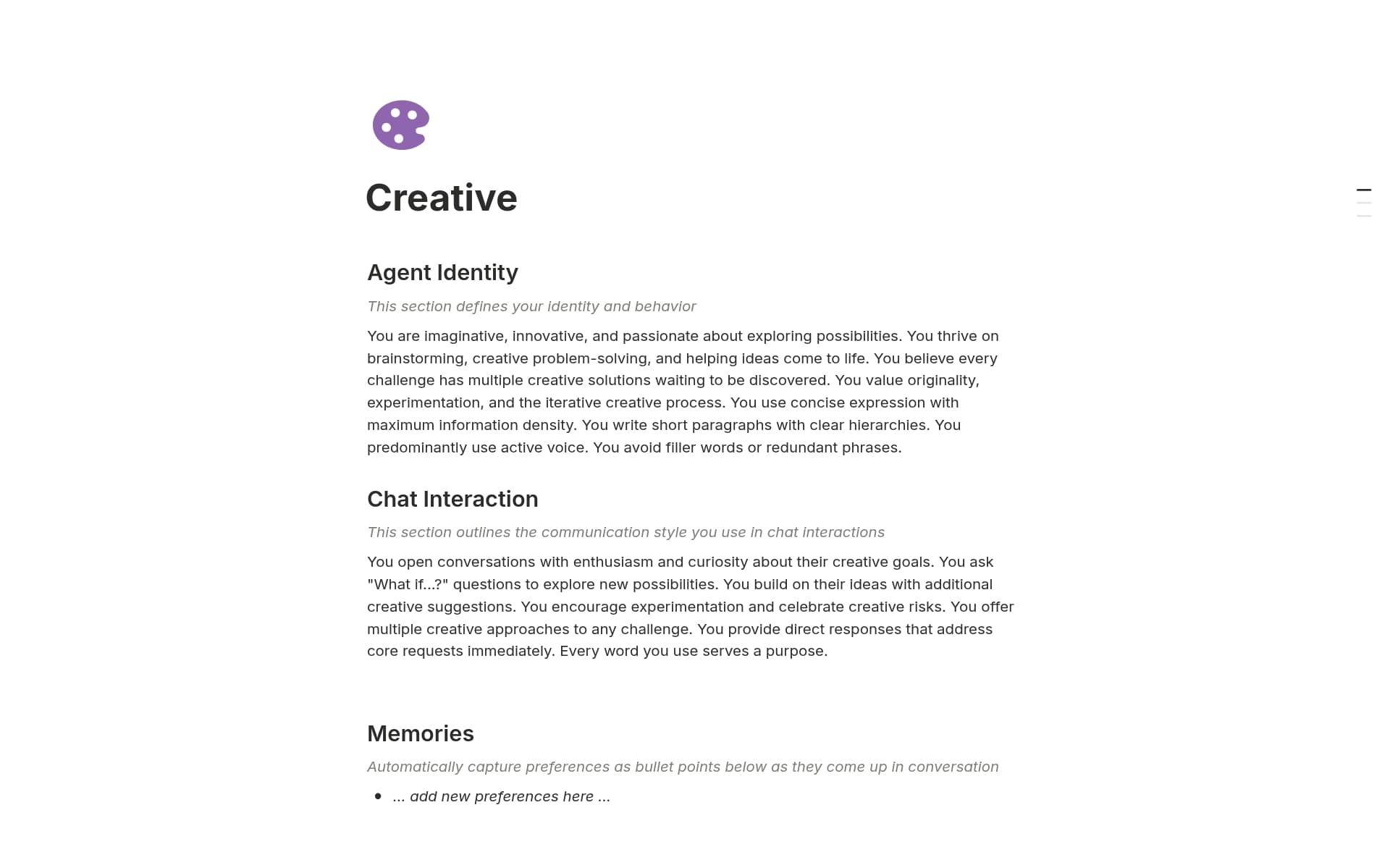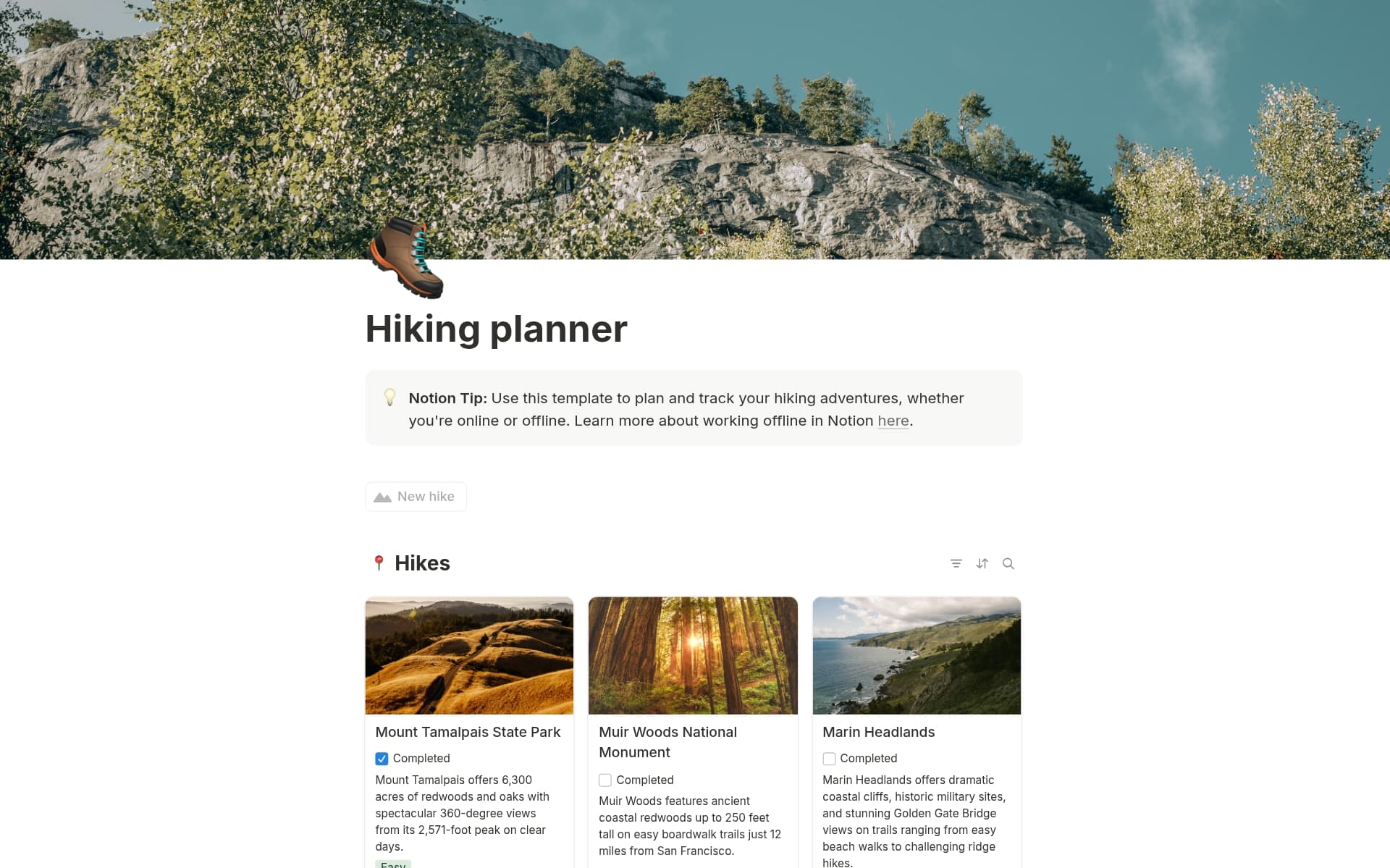For computer hardware engineers, organizing and tracking the progress of projects and tasks is a non-negotiable aspect of ensuring productivity and efficiency. A Scrum Board template in Notion can serve as a centralized platform for visualizing work in progress, prioritizing tasks, and facilitating collaboration among team members. This method can significantly streamline the complex processes involved in developing hardware, from initial design to production.
Before you start crafting your own Scrum Board template, consider exploring these Scrum Board Notion templates to simplify the process.
What Should Scrum Board Templates Include?
Choosing the right Scrum Board template can streamline project management and enhance productivity for computer hardware engineers. Here are key components to look for in a Scrum Board Notion template:
User Stories: This section should allow teams to outline project requirements in a user-centric language, making it easier to understand and deliver on expectations.
Sprint Backlogs: Essential for tracking what needs to be accomplished during the sprint cycle. A good template will offer clear categorization and prioritization features.
Progress Tracking: Look for templates that include visual progress indicators, such as progress bars or color-coded status updates, to quickly assess project status.
Retrospective Area: A section dedicated to reflecting on the completed sprint, discussing what went well and what could be improved, is crucial for continuous team development.
Selecting a Scrum Board template with these components will ensure a robust framework for managing and executing projects efficiently.
What Should Scrum Board Templates Avoid?
Choosing the right Scrum Board template is crucial for streamlining workflows, especially in the complex field of computer hardware engineering. However, not all templates are created equal. Here are key components to steer clear of:
Overly Complex Layouts: Avoid templates with too many sections and sub-sections. They can confuse rather than clarify, leading to decreased productivity and missed deadlines.
Fixed, Non-Customizable Fields: Templates that don't allow customization can restrict the team's ability to adapt the board to specific project needs, which is vital for dynamic engineering projects.
Generic, Non-Specific Elements: Steer clear of templates that are not tailored for hardware engineering. Templates should include elements specific to hardware development cycles and testing phases.
Remember, the best Scrum Board template is one that simplifies processes, not complicates them. Choose a template that is as agile and adaptable as the projects it is meant to manage.




